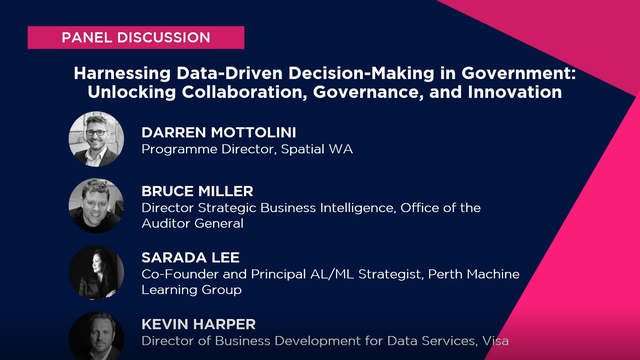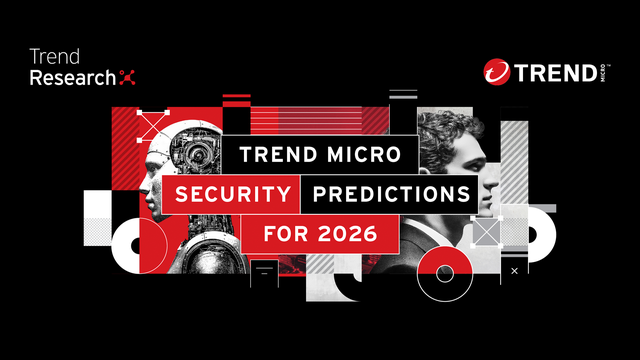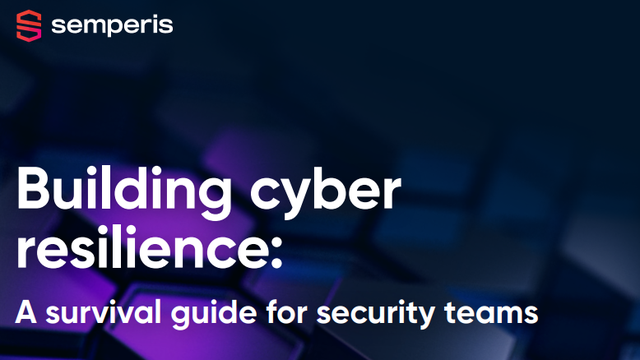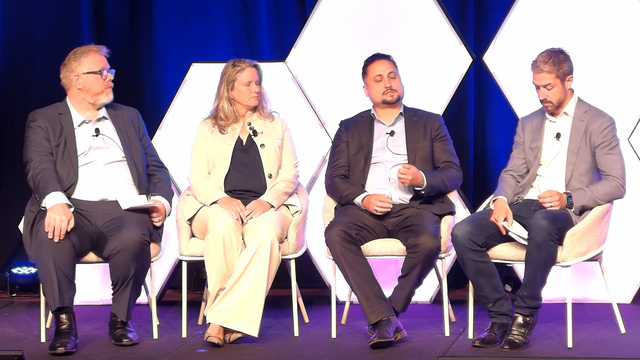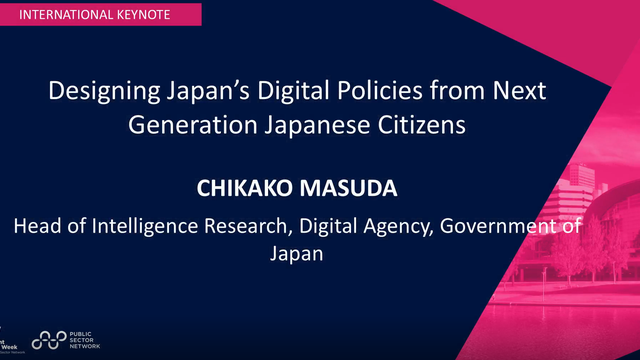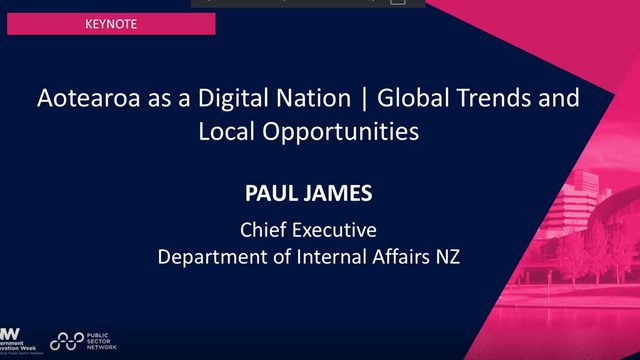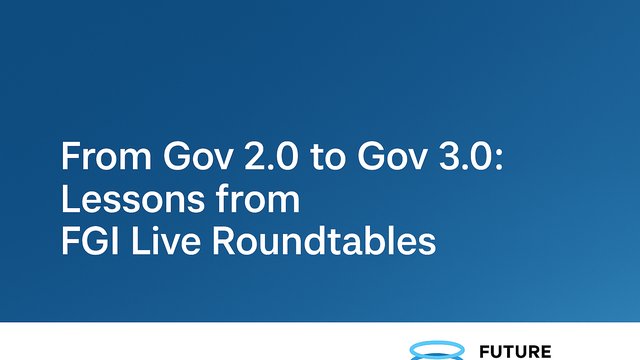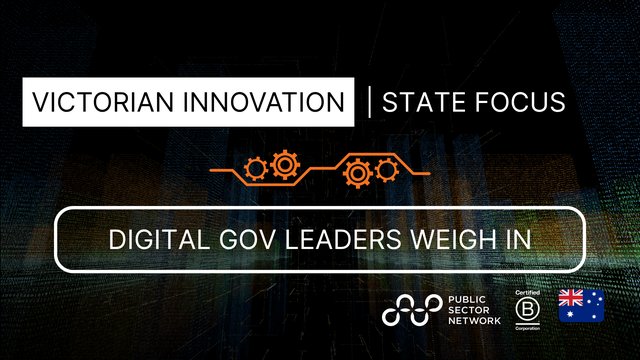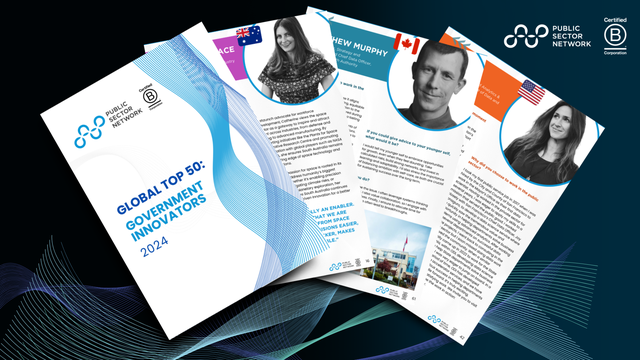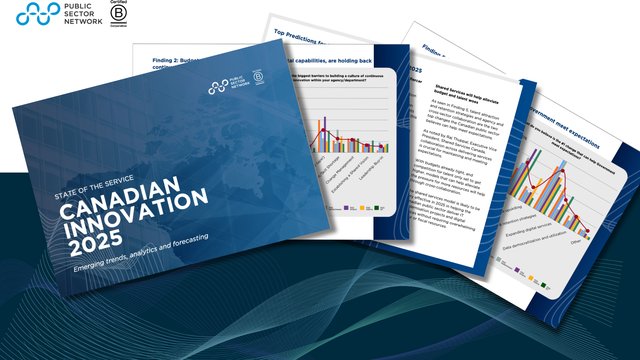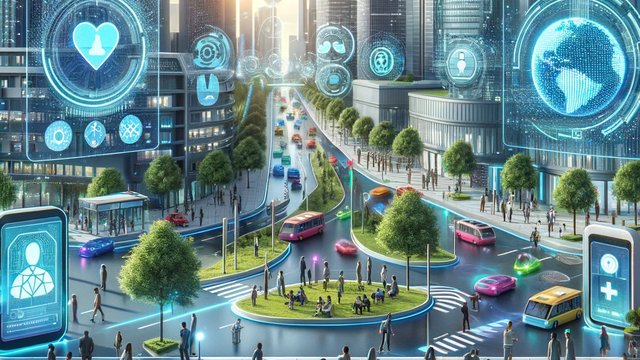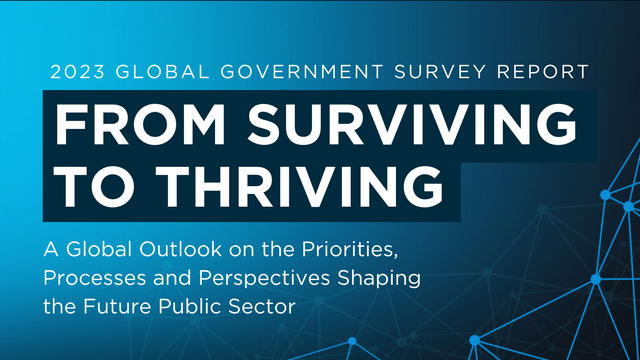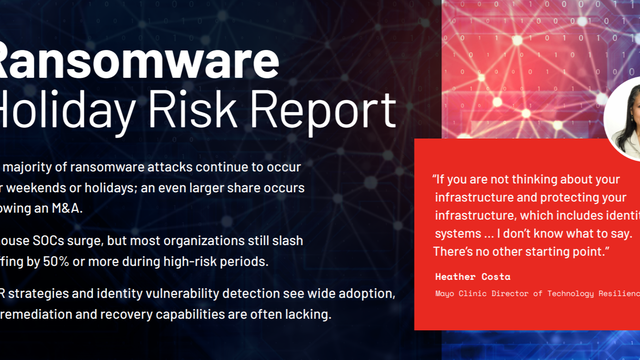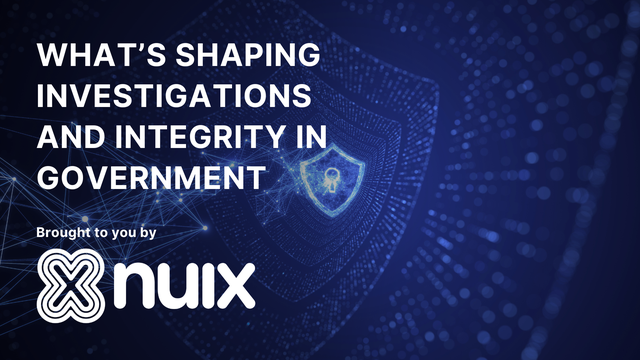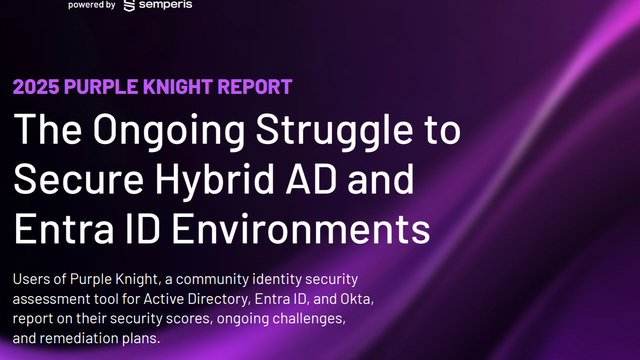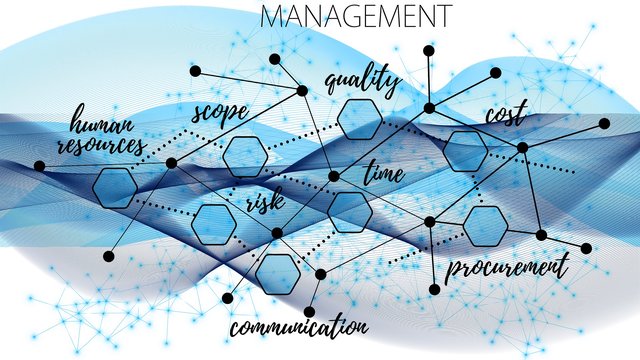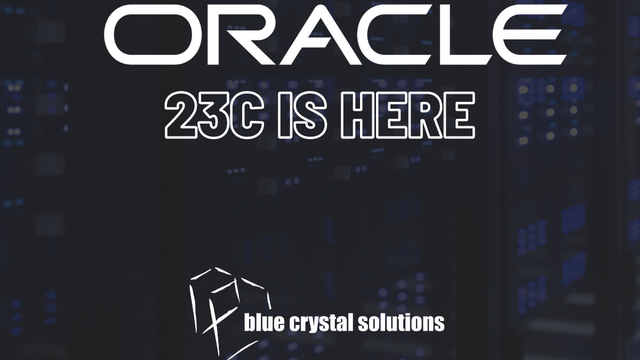

Government agencies have long been perceived as slow-moving, risk-averse, and hindered by bureaucratic red tape. However, 2025 is proving that this stereotype no longer holds. Governments worldwide are embracing digital transformation, adopting modern platforms, and prioritizing agility to enhance citizen services and internal efficiencies.
A major driver of this transformation is the shift away from legacy systems toward hybrid cloud solutions. This shift, along with automation, low-code development, and AI-driven decision intelligence, is helping agencies reduce costs, improve responsiveness, and mitigate technology risks.
Modernizing to Reduce Risk and Improve Service Delivery
For years, legacy systems have been a significant barrier to government agility. They are costly to maintain, difficult to update, and often incompatible with new digital services. Governments are now accelerating modernization efforts to reduce technical debt and associated risks. CIOs are prioritizing hybrid cloud adoption to balance security, scalability, and cost-effectiveness.
Hybrid cloud solutions provide the flexibility of cloud computing while allowing agencies to retain control over sensitive data. This is particularly important as governments navigate an evolving cybersecurity landscape, ensuring data sovereignty while still leveraging the scalability and efficiency of cloud platforms.
Beyond infrastructure, agencies are also focused on application modernization. Many are shifting toward composable platforms that allow for faster updates and improved service delivery. This ensures that government services can adapt quickly to changing policies, emergency situations, and citizen expectations.
CapEx vs. OpEx: The Financial Considerations
One of the critical shifts in government technology strategy is the move from capital expenditure (CapEx) to operational expenditure (OpEx). Traditional IT investments often required significant upfront costs, making it difficult for agencies to scale or adjust based on demand.
By adopting cloud-based solutions and software-as-a-service (SaaS) models, agencies can move toward an OpEx model, spreading costs over time and enabling more predictable budgeting. This shift also aligns with broader austerity measures, as many governments face pressure to optimize spending while still delivering high-quality services.
Government CIOs are increasingly focused on justifying IT investments by demonstrating clear value—whether through cost savings, improved efficiency, or enhanced citizen experiences. The ability to manage technology financials effectively is now a key priority.
The Rise of Low-Code/No-Code and Automation
With growing workforce challenges and skill shortages, government agencies are turning to low-code/no-code platforms to speed up development and reduce dependency on specialized IT talent. These platforms enable non-technical staff to build and modify applications, improving responsiveness and agility.
Automation is another critical investment area. Governments are deploying AI and robotic process automation (RPA) to streamline workflows, reduce manual workloads, and enhance decision-making. This includes AI-driven decision intelligence, where machine learning models assist in policy implementation, fraud detection, and service delivery optimization.
Balancing Risk and Value
While modernization efforts offer significant benefits, governments must also carefully manage risk. Austerity pressures mean that every technology investment must be justified, and CIOs must strike a balance between risk reduction and innovation.
Key trends shaping government IT strategies in 2025 include:
• Managing Technology Risk: Strengthening cybersecurity and reducing technical debt.
• Maximizing Value: Extracting the most from existing technology investments before committing to new purchases.
• Evolving Workforce Operations: Using AI and automation to enhance productivity and streamline service delivery.
As governments continue to reimagine their digital strategies, they are proving that agility, efficiency, and innovation are no longer exclusive to the private sector. By embracing hybrid cloud, automation, and low-code solutions, they are laying the foundation for a more responsive and resilient public sector.
Want to get involved and contribute to the conversation? SIGN UP FOR FREE AND JOIN OUR GLOBAL IT MODERNIZATION AND CLOUD COMMUNITY


